Elizabeth of York
Elizabeth of York
Queen consort of England
February 11 1466-February 11 1503
Born: February 11, 1466
Westminister Palace,
London, England
Died: February 11, 1503 (aged 37)
Tower of London,
London, England
Burial: February 24, 1503
Westminister Abbey,
London, England
Husband: King Henry VII of England
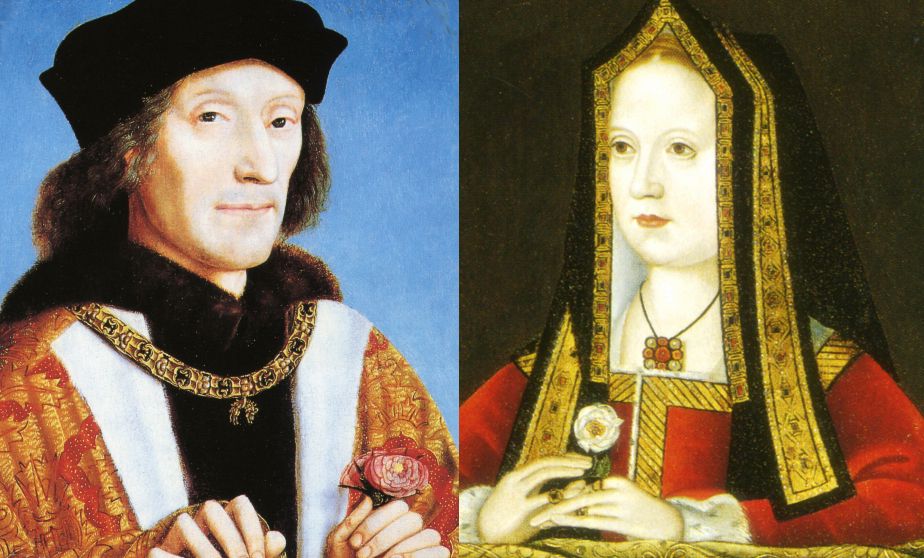
Children
1. Arthur, Prince of Wales
(September 20, 1486-April 2, 1502)
Wife: Catherine of Aragon
No children
2. Margaret, Queen of Scotland
(November 28, 1489-October 18, 1541)
Husbands (3) 1' James IV of Scotland 2' Archibald Douglas 3' Henry Stewart
6 children: 1' James Stewart 2' Arthur Stewart 3' James V of Scotland 4' Alexander Stewart 5'Margaret Douglas 6' Dorothea Stewart
3. Henry VIII, King of England
(June 28, 1491-January 28, 1547)
Wives (6): 1' Catherine of Aragon 2' Anne Boleyn 3' Jane Seymour 4' Anne of Cleves 5' Catherine Howard 6' Catherine Parr
According to this video they mention 4 children that have survived infancy but they left out one. My ancestor.
1' Henry FitzRoy 2' Mary 1, Queen of England 3' Elizabeth, Queen of England 4' Edward VI, King of England
My ancestor was Richard Edwardes. You can look him up. His mother (One of Henry VIII's mistresses) Agnes Beaupine Edwardes born Bluett.
5. Mary, Queen of France
(March 18, 1496-June 25, 1533)
Husbands (2)
1' Louis XII of France 2' Charles Brandon
4 children: 1' Henry Brendon 2' Frances Gray 3' Eleanor Clifford 4' Henry Brendon
Children who did not live past infancy
Elizabeth Tudor (1492-1495) Edward Tudor (1498-1499) Edmund, of Somerset (February 21, 1499-June 19, 1500) Katherine Tudor (February 2, 1503-February 10, 1503)
House of York
Father: Edward IV of England
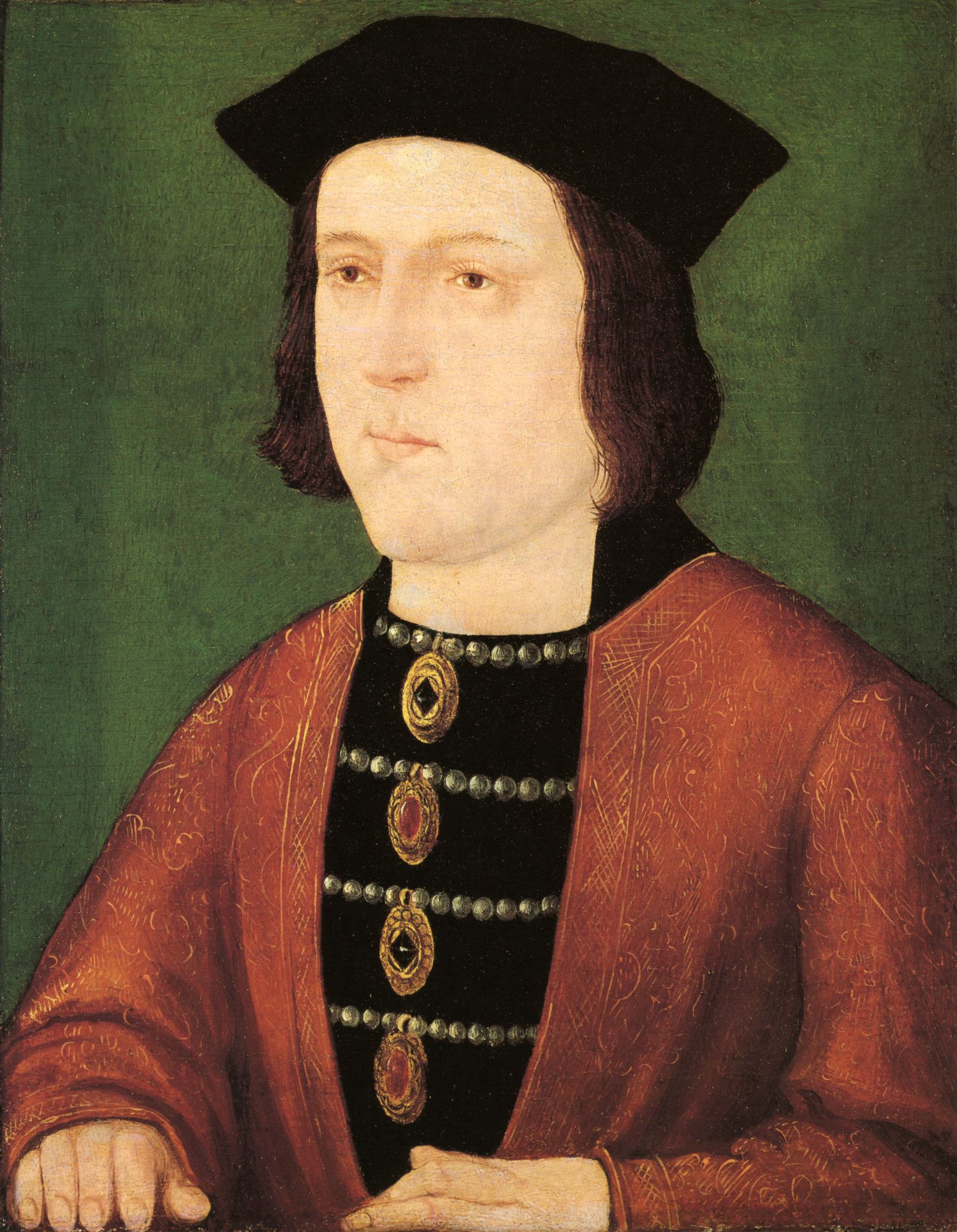
Mother: Elizabeth Woodville

In early 1464 the recently widowed Elizabeth Woodville went out with her sons and sat under an oak tree. She knew the king would pass. When he came by, Elizabeth stopped him and pleaded to have her lands back. The King became infatuated with her. Edward tried to make her his mistress. When he tried to force himself on her, Elizabeth pulled out a knife and said she was an honorable woman and would not be dishonored.
Edward and Elizabeth married in a secret ceremony, though the date is not known, It is traditionally said to have taken place at her family home in Northamptonshire on 1 May 1464. Only the bride's mother and two ladies were in attendance.
It was only when Edward's closest advisor, Lord Warwick, suggested a proposal he had made with a French Princess that it was revealed Edward was married. Elizabeth was crowned 26 May 1465 as Queen of England. Warwick was both embarrassed and offended and his relationship with Edward IV never recovered.
Elizabeth of York was the first of 10 children born of King Edward IV and Elizabeth Woodville. She was born at the Palace of Westminister on 11 February 1466. Her christening was celebrated at Westminister Abbey, sponsored by her grandmother Jacquetta of Luxembourg Duchess of Bedford, and Cecily Neville, Duchess of York. Her third sponsor was her cousin Richard Neville, 16th Earl of Warwick.
At three, she was briefly betrothed to George Neville in 1469. His father John later supported George's Uncle, the Earl of Warwick, in rebellion against King Edward IV, and the betrothal was called off.
In 1475, Louis XI agreed to the marriage of 9 year old Elizabeth of York and his son Charles, the Dauphin of France. In 1482, however, Louis XI went back on his promise. At the age of 11, She was named a Lady of the Garter in 1477, along with her mother and her paternal aunt Elizabeth of York Duchess of Suffolk.
Her father's health began to fail, and he became subject to an increasing number of ailments. He fell fatally ill at Easter 1483, but survived long enough to add some codicils to his will, the most important being to name his brother Richard as protector after his death. He died on 9 April 1483 and was buried in St. George's Chapel, Windsor Castle.
Her mother, Elizabeth Woodville, tried to deny Gloucester his right to be Lord Protector and keep power within her family. Gloucester opted to take steps to isolate his nephews from their Woodville relations.
He intercepted Edward V while he was traveling from Ludlow, where he had been living as Prince of Wales, to London to be crowned King. Edward V was placed in the royal residence of the Tower of London, ostensible for his protection. Elizabeth fled with her mother, Younger brother and sisters into sanctuary in Westminister Abbey.
Gloucester asked Arhbishop Bourchier to take Richard with him, so the boy could reside in the Tower and keep his brother Edward company. Elizabeth Woodville, under duress, eventually agreed. The princes, who were still lodged in the royal residence of the Tower of London at the time of Richard's coronation, disappeared from sight after the summer of 1483.
On 22 June 1483, Edward IV's marriage was declared invalid. It was claimed that Edward IV had at the time of his marriage to Elizabeth Woodville already had been betrothed to Lady Eleanor Butler. Parliament issued a bill ("The title of the King") This measure legally bastardised the children of Edward IV, made them ineligible for the succession, and declared the rightful king.
Elizabeth's mother made an alliance with Lady Margaret Beaufort, mother of Henry Tudor, later King Henry VII, who had the closest claimed to the throne of those in the Lancastrian party. Although Henry Tudor was descendant from King Edward III, his claim to the throne was weak. Henry swore an oath promising to marry her and began planning an invasion.
In 1484, Elizabeth of York and her sisters left Westminister Abbey and returned to court when Elizabeth Woodville was apparently reconciled with Richard III, which may or may not suggest that Elizabeth Woodville believed Richard III, to be innocent of any possible role in the murder of her two sons (Although this is unlikely owing to her involvement in Henry Tudor's failed invasion of October 1483.)
It was rumored that Richard III intended to marry Elizabeth of York because his wife, Anne Neville, was dying and they had no surviving children. Richard was forced to deny this rumor. Soon after Anne Neville's death, Richard sent Elizabeth away from court to the castle of Sheriff Hutton and opened negotiations with King John II of Portugal to marry his sister, Joan, Princess of Portugal, and to have Elizabeth marry their cousin, the future King Manuel I of Portugal, but this came to nothing.
Henry sailed with a small French and Scottish force, landing in May Bay, Pembrokeshire close to his birthplace. He marched towards England accompanied by his uncle Jasper and the Earl of Oxford. Wales was traditionally a Lancastrian stronghold, and Henry owed the support he gathered to his Welsh birth and ancestry, being directly descended, through his father, from Rhys ap Gruffydd. He amassed an army of around 5,000 soldiers.
Richard only needed to avoid being killed to keep his throne. Though outnumbered, Henry Lancastrian forces decisively defeated Richard's Yorkist army at the Battle of Bosworth Field on 22 August 1485. Several of Richard's key allies, such as the Earl of Northumberland and William and Thomas Stanley, crucially switched sides or left the battlefield. Richard III's death at Bosworth Field effectively ended the war of the Roses.
As the eldest daughter of Edward IV with no surviving brothers, Elizabeth of York had a strong claim to the throne in her own right, but she did not assume the throne as queen regnant. Such a precedent would not truly come to England for another 67 years, when her granddaughter Mary I acceded to the throne.
Though initially slow to keep his promise , Henry acknowledged the necessity of marrying Elizabeth of York to ensure the stability of his rule and weaken the claims of other surviving members of the House of York but he ruled in his own right and claimed the throne by right of conquest and not by his marriage to the heir of the House of York. He had no intention of sharing power. He consequently chose to be crowned on 30 October 1485 before his marriage.
It is believed the reason for the marriage delay is because Henry wanted to see if Elizabeth was fertile. It is almost certain the couple were bedded before being wedded. Henry VII had the Act of Titus Regius repealed, thereby legitimizing anew the children of Edward IV and acknowledging Edward V as his predecessor - though Richard III was regarded as a usurper, his reign was not ignored.
After procuring papal dispensation, cardinal Bourchier, Archbishop of Canterbury, officiated at the wedding of Henry VII and Elizabeth of York on 18 January 1486 in Westminister Abbey. The marriage is symbolized by the herald emblem of the Tudor rose, a combination of the white rose of York and the red rose of Lancaster. That's the national flower. The Tudor Rose.
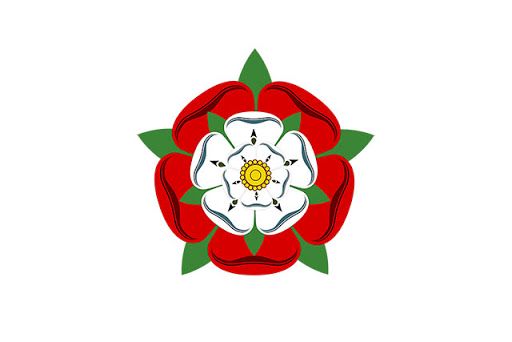
8 months after the wedding Elizabeth gave birth to a boy. Henry had a royal genealogist trace his lineage back to the ancient British rulers and decided on naming his firstborn son after the legendary King Arthur. Camelot was identified as present-day Winchester, Elizabeth was sent to Saint Swithun's Priory (Winchester Cathedral Priory) in order to give birth there. Prince Arthur born on 20 September 1486 at about 1 am.
Elizabeth of York was crowned queen on 25 November 1487. Despite being a political arrangement at first, the marriage proved successful and both partners appear to have grown to love each other. Elizabeth of York did not exercise much political influence as queen due to her strong-minded mother in law Lady Margaret Beaufort, but she was reported to be gentle, kind, and generous to her relations, servants, and benefactors.
Margaret Tudor was born 28 November 1489. She was baptized in St. Margaret's church, Westminister and was named after Margaret Beaufort, Countess of Richmond and Derby, her paternal grandmother.
When not at official gatherings, she lived a quiet life largely away from politics with her children (except Arthur) at Eltham Palace. Elizabeth of York enjoyed music and dancing as well as dicing. She also kept greyhounds.
Henry was born 28 June 1491 at the Palace of Placentia in Greenwich, Kent, He was baptized at a church of the Observant Franciscans close to the palace. Her mother died at Bermondsey Abbey o 8 June 1492.With the exception of the queen, who was awaiting the birth of her fourth child, and Cecily of York, her daughters attended the funeral at Windsor Castle. Elizabeth's will specified a simple ceremony. The accounts of her funeral suggest that at least one source "clearly felt that a queen's funeral should have been more splendid" and may have objected that "Henry VII had not seen fit to arrange a more queenly funeral for his mother-in-law."
Elizabeth Tudor was born on 2 July 1492 at Sheen Palace. She spent much of her short life at the royal nursery of Eltham Palace, Kent with her older siblings Margaret and Henry. Her oldest brother, Arthur, was heir to the English throne and so lived separately in his own household. Just before Elizabeth's death, her father proposed a marriage alliance between Elizabeth and the French prince Francis, who later became king of France.
Elizabeth was often short of money. Part of the problem was her generosity, she gave away thousands of pounds in gifts, huge tips to her servants and cash gifts to the poor who brought her small gifts of food. Many poor folks came to the palace gates with humble offerings, such as butter, chickens, wardens (pears), pippins, puddings, apples, cakes, cherries in season, a conserve of cherries (several gifts of Cherries are recorded, a they were Elizabeth's favorite food), pork ect... None went without a handsome reward, usually more than Elizabeth could affered. (Sounds like something I would do)
Mary Tudor was born 18 March 1496 at Sheen Palace. At age six, she was given her own household, complete with "a staff of gentlewoman assigned to wait upon her," Elizabeth loved good clothing, music, books and wine, she had her own pair of minstrels that travelled with her. Edward was born in 1498 he died age 1 in 1499. Edmund was born 21 February 1499 and died age 1 19 June 1500.
On 14 November 1501 Elizabeth of York 15 year old son Arthur married Catherine of Aragon at Saint Paul's Cathedral both Arthur and Catherine wore white Satin. Following the ceremony, Arthur and Catherine left the Cathedral and headed for Baynard's Castle, where they were entertained by "the best voiced children of the King's chapel, who sang right sweetly with quaint harmony." The pair were sent to Ludlow Castle, the traditional residence of the Prince of Wales.
On 24 January 1502, Scotland and England concluded the Treaty of Perpetual Peace, the first peace agreement between the two realms in over 170 years. A marriage treaty was drawn up between Elizabeth's daughter Margaret and James IV of Scotland the same day.
Arthur and Catherine headed for the marches in Wales, where they established their household at Ludlow Castle . Arthur had been growing weaker since his wedding , Catherine was reluctant to follow him, she was ordered by Henry VII to join her husband. In March 1502, Arthur and Catherine were afflicted by an unknown illness, "a malign vapour which proceeded from the air." While Catherine recovered, Arthur died on 2 April 1502 at Ludlow Castle, six months short of his sixteenth birthday.
News of Arthur's death reached the court late on April 4. "Grief-stricken and emotional," Henry had his wife brought into his chambers, so that they might "Take the painful news together" Elizabeth reminded Henry that God had helped him become King and "had ever preserved him," adding that they had been left with "yet a fair prince and two fair princesses and that God is where he was, and they were both young enough." Soon after leaving Henry's bedchamber, Elizabeth collapsed and began to cry, while the ladies sent for the King, who hurriedly came and "relieved her."
Shortly after Arthur's death, the idea of betrothing the widowed Catherine to the new heir apparent, Henry, had arisen Henry VII and Isabella I were keen on moving forward with the betrothal and the pope granted, a dispensation towards that end.
In 1502 Elizabeth of York became pregnant once more and spent her confinement period in the Tower of London. On 2 February 1503, she gave birth to Katherine, but the child died a few days afterwards. Succumbing to a post partum infection, Elizabeth of York died on her 37th birthday. 11 February.
Her husband and children appear to have mourned her death deeply. According to one account, Henry Tudor "privily departed to a solitary place and would no man should resort unto him." This is notable considering that, shortly after Elizabeth's death, records show he became extremely ill himself and would not allow any except his mother Margaret Beaufort near him. For Henry Tudor to show his emotions let alone any sign of infirmity, was highly unusual and alarming to members of his court.
Henry VII entertained thoughts of remarriage to renew the alliance with Spain-Joanna, Dowager Queen of Naples, Joanna, Queen of Castile, Margaret, Dowager Duchess of Savoy, and Catherine of Aragon were all considered.
The Tower of London was abandoned as a royal residence, as evinced by the lack of records of its being used by the royal family after 1503. All future births in the reign of Elizabeth's son, Henry VIII, took place in various palaces.
Henry VII was buried with Elizabeth of York. Her tomb was opened in the 19th century and the wood casing of her lead coffin was found to have been removed to create space for the interment of her great-great-grandson James VI and I.
According to forklore, the "queen...in the parlour" in the children's nursery rhyme "Sing a song of Sixpence" is Elizabeth of York , while her husband is the king counting his money.
Elizabeth of York was a renowned beauty inheriting her parents' fair hair and complexing. All other Tudor monarchs inherited her reddish gold hair and the trait became synonymous with the dynasty.
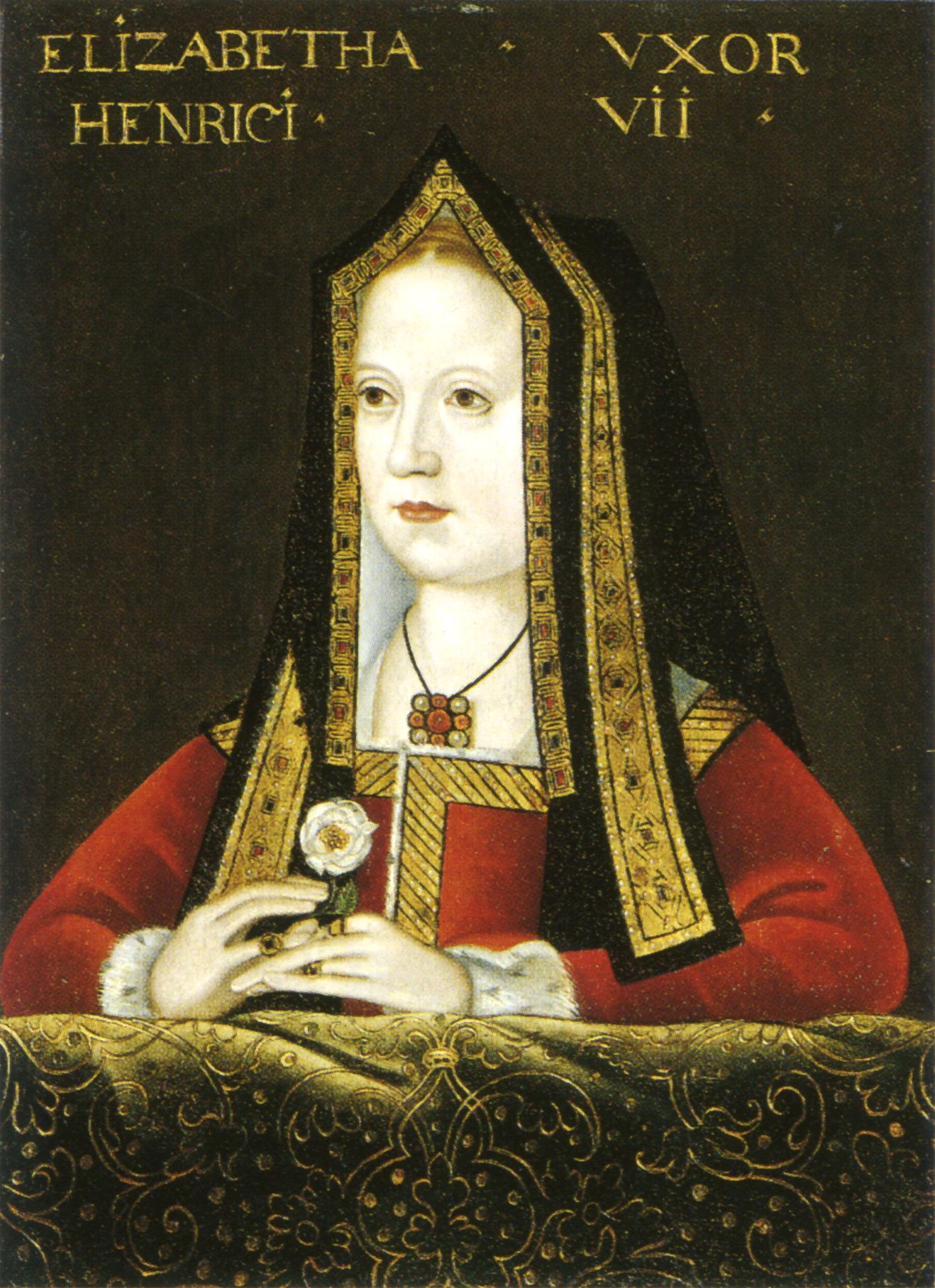
Elizabeth of York poem

Elizabeth or York surviving children
Arthur, Prince of Wales
Margaret, Queen of Scotland
Henry VIII, King of England
Mary, Queen of France
Playing cards how we know them today were invented in Henry VII's reign and the portrait of his Queen, Elizabeth of York had appeared eight times on every pack of cards for 500 years.
Elizabeth of York in popular culture (Movies and shows for research)
Kate Steavensan-Payne in the 1995 film adaptation Richard III
https://youtu.be/OXc0-EME0C8
Norma West in the 1972 BBC miniseries The Shadow of the Tower
https://youtu.be/rk6FP8S3u28
Nadia Cameron Blakey in the 2005 TV drama Prince of the Tower
Freya Mavor in the 2013 BBC drama, The White Queen
https://youtu.be/_N98ojUqInk
Jodie Comer in the 2017 Starz drama, The White Princess
https://youtu.be/TJ-q3_b3dkI
(Books for research)
Elizabeth of York the First Tudor Queen by Alison Weir
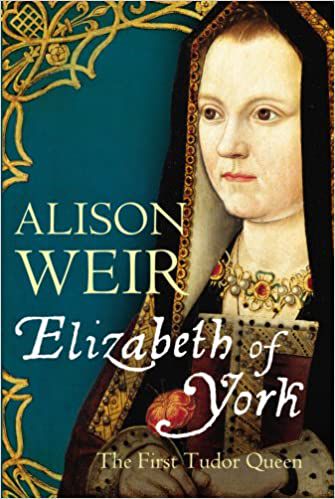
Elizabeth of York The Forgotten Tudor Queen paperback by Amy Licence

Plantagenet Princess, Tudor Queen: The Story of Elizabeth of York by Samantha Wilcoxson

In bed with the Tudors The Sex Lives of a Dynasty from Elizabeth of York to Elizabeth I by Amy Licence
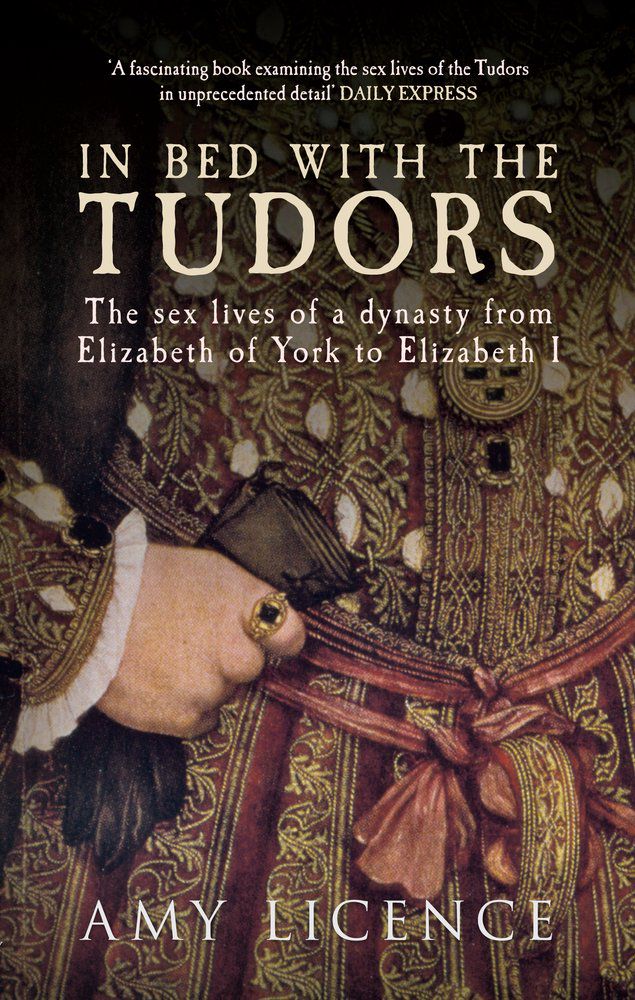
Lancaster and York The Wars of the Roses by Alison Weir
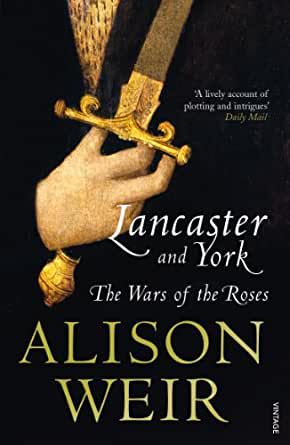
The Wars of the Roses: The Fall of the Plantagenets and the Rise of the Tudors by Dan Jones

Elizabeth of York appears in four of Philippa Gragory's historical novels (More research but not the only source).
The White Princess. She is a leading character in the White Queen, which featured Elizabeth of York from the time of her birth to age 18. She appears as a supporting character in The Red Queen and appears briefly in the Constant Princess.
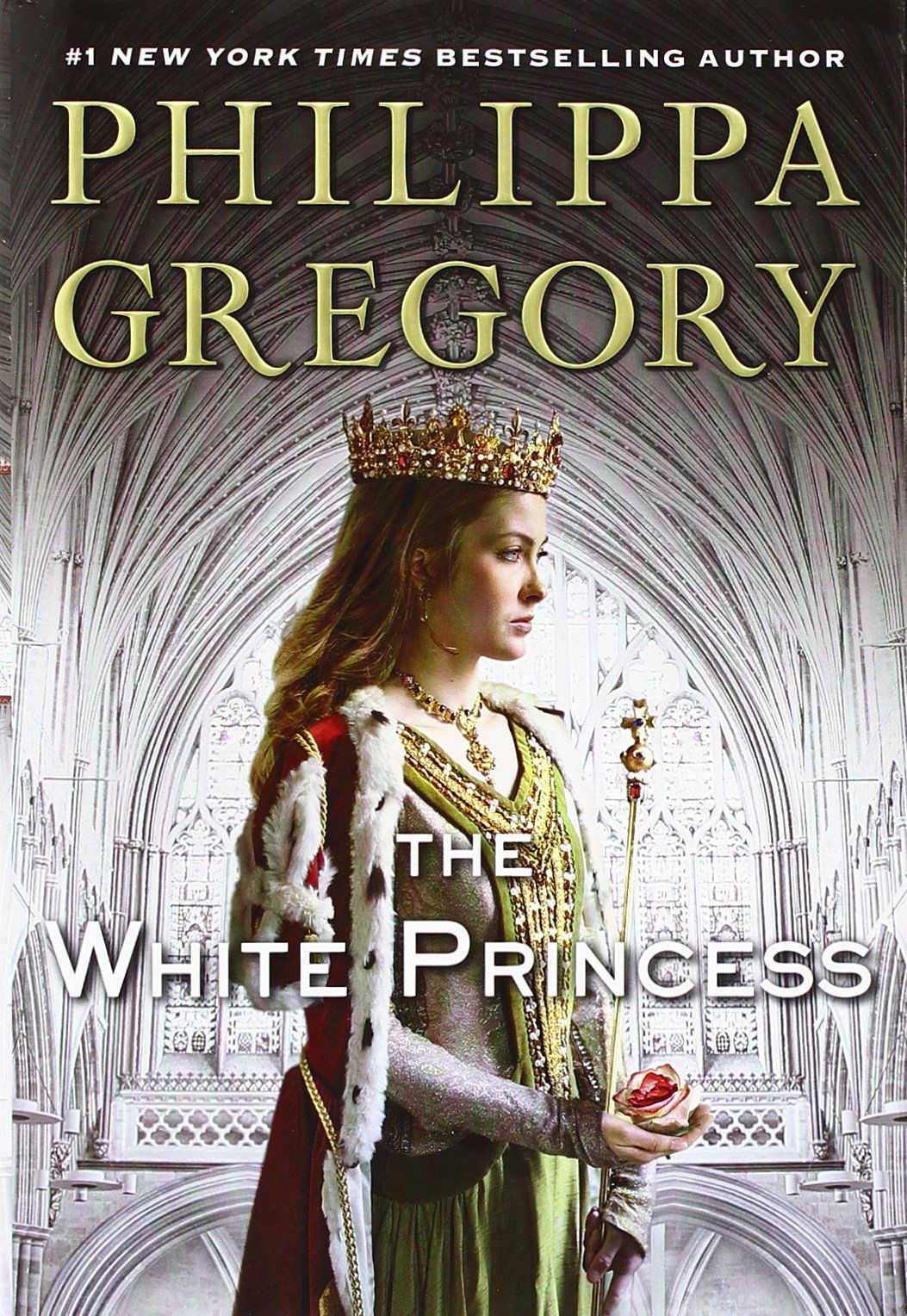
More books for research
The Tudor Rose by Margaret Campbell Barnes

Elizabeth the beloved by Maureen Peters

The Dragon and the Rose by Roberta Gellis

The King's daughter by Sandra Worth
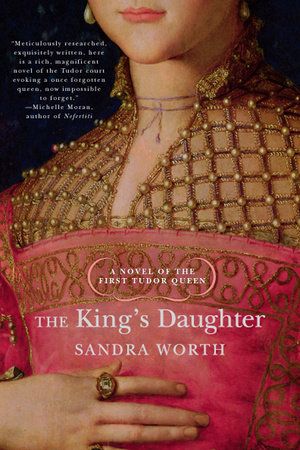
Uneasy lies the Head by Jean Plaidy
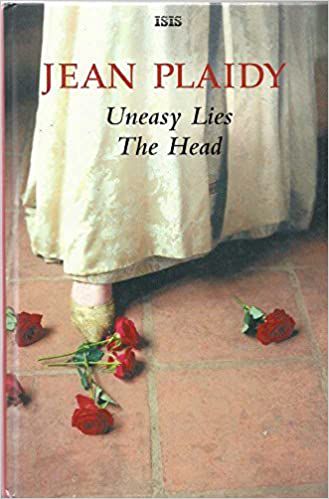
To hold the crown : The Story of Henry VII and Elizabeth of York by Jean Plaidy

Elizabeth of York
Queen consort of England
11 February-11 February 1503
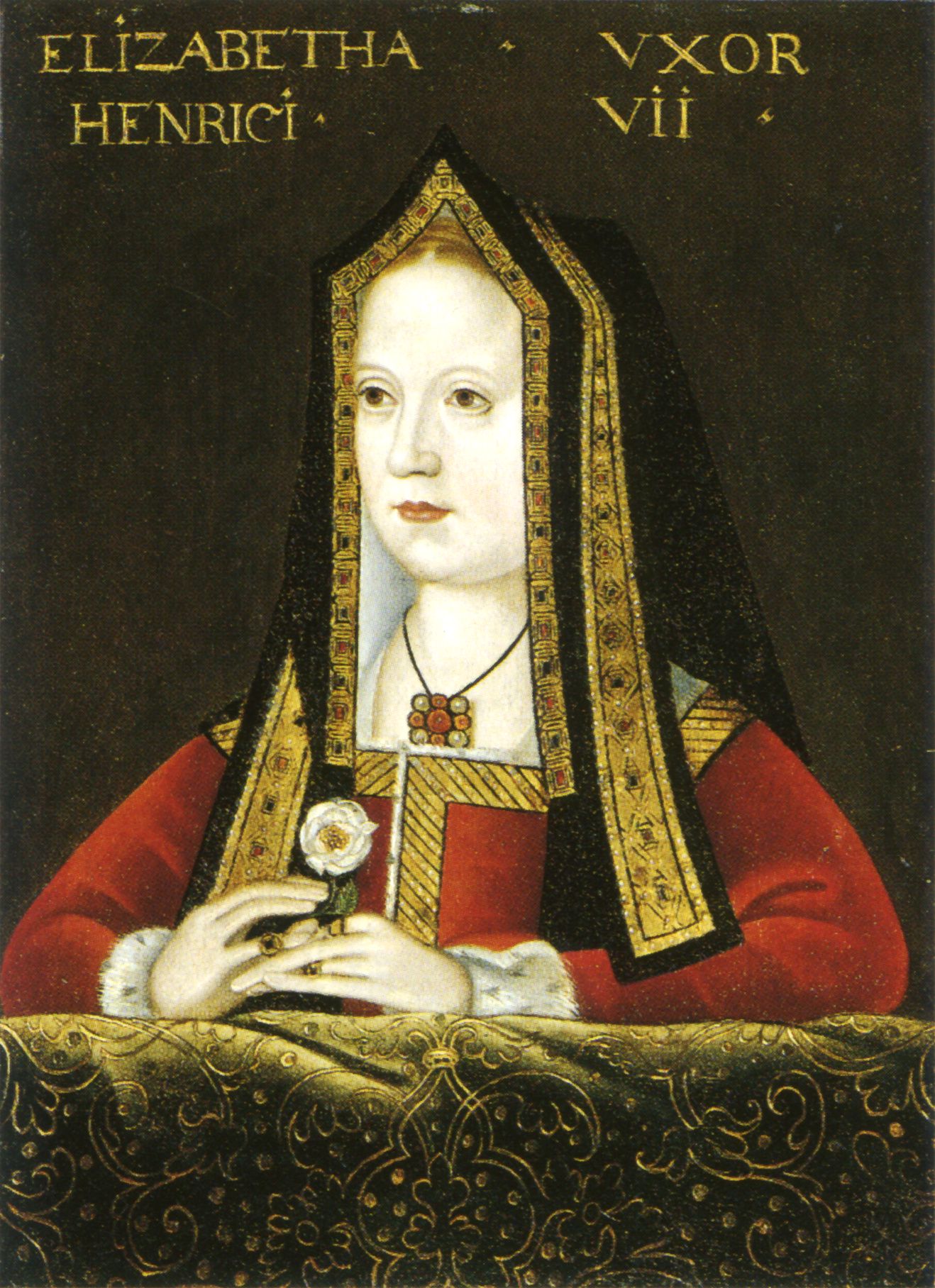
Bạn đang đọc truyện trên: AzTruyen.Top